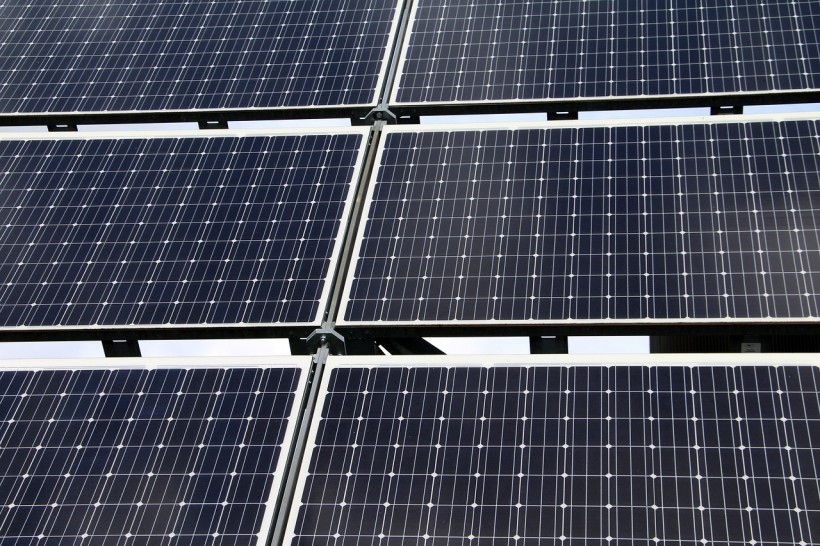An engineering research team from Princeton University has developed the first perovskite solar cell that could redefine solar power technology. TechXplore reported that the perovskite solar cell is predicted to perform better than industry standards for about 30 years, which is far more than the viability of current solar cells of 20 years.
Researchers noted that it is not only highly durable but also meets the five standards in the industry. It is the first type of solar cell that can rival the performance of silicon-based solar cells, which are primarily used in the market since 1954.

First Perovskite Solar Cell That Could Last 30 Years Marks Major Milestone for Emerging Class of Renewable Energy Technology
Creating the Perovskite Solar Cell
Professor Lynn Loo, who led the Princeton team, reveals that their new device has a lifetime five times more than early perovskite solar cells. The new device was first conceived in early 2020 when Loo's team was working on different device architectures that could maintain strong efficiency, convert sunlight to solar energy and survive the onslaught of heat, light, and humidity.
Xiaoming Zhao, a postdoctoral researcher in Loo's lab, said they layered various materials to optimize light absorption while protecting the most fragile area from sun exposure.
According to a similar report from Science Daily, these materials involved an ultra-thin capping layer between an absorbing perovskite layer and a charge-carrying layer made from cupric salt and other materials.
Scientists said that the ultra-thin capping is just a few atoms thick or more than a million times smaller than the smallest thing that a naked eye can see. The 2D capping is a promising and emerging technique, wherein scientists at NREL have confirmed that it can greatly improve long-haul performance. However, no one has developed any device using this method until now.
In the fall of 2020, Zhao noticed that one set of the devices still seemed to be operating at its peak efficiency. That was the time when scientists were allowed to go back to their labs after the first wave of the pandemic subsided that took months of lockdowns.
He then looked for ways to verify his observations to develop a device that could last for 30 years. So, the team sped up the aging process of the solar cell by illuminating the device while blasting it with heat. Then, they extrapolated the combined data and forecast the performance of the device under temperature for over tens of thousands of hours of continuous illumination.
The results showed that the device performed above 80% of its peak efficiency under continuous illumination at an average temperature of 95 degrees Fahrenheit for five years on average. It is equivalent to 30 years of outdoor operation in an area like Princeton, New Jersey, Loo said.
ALSO READ: Engineers Made Microscopic Seeds for Growing 2D Perovskite Crystals Used in Solar Panels
Perovskite vs. Silicon-Based Solar Cell
Perovskite solar cells are highly efficient and low-cost modular technology for renewable energy. It was introduced in 2006, Interesting Engineering reported. Although younger than a silicon-based solar cell, perovskite has a special crystal structure making it suitable for solar technology.
Moreover, they can be manufactured just under room temperature, unlike silicon, making them cheaper and more environmentally friendly to produce. While silicon is stiff and opaque, perovskite is flexible and transparent and extends solar power beyond the iconic panels on hillsides and rooftops.
However, its flexibility also comes with a cost. It renders early perovskite solar cells fragile. Those developed between 2009 and 2012 lasted barely minutes of use.
Commercializing the new perovskite films could potentially redefine the solar power market by pushing the technology beyond its limits of using silicon-based solar cells.
They describe the new device and process in full in the study titled "First Perovskite Solar Cell With up to 30-Years-Worth Power Marks Major Milestone for Emerging Class of Renewable Energy Technologyaccelerated Aging of All-Inorganic, Interface-Stabilized Perovskite Solar Cells," published in Science.
RELATED ARTICLE: Mystery on Perovskite Solar Cell's Tolerance to Defects Uncovered For the First Time
Check out more news and information on Solar Energy in Science Times














